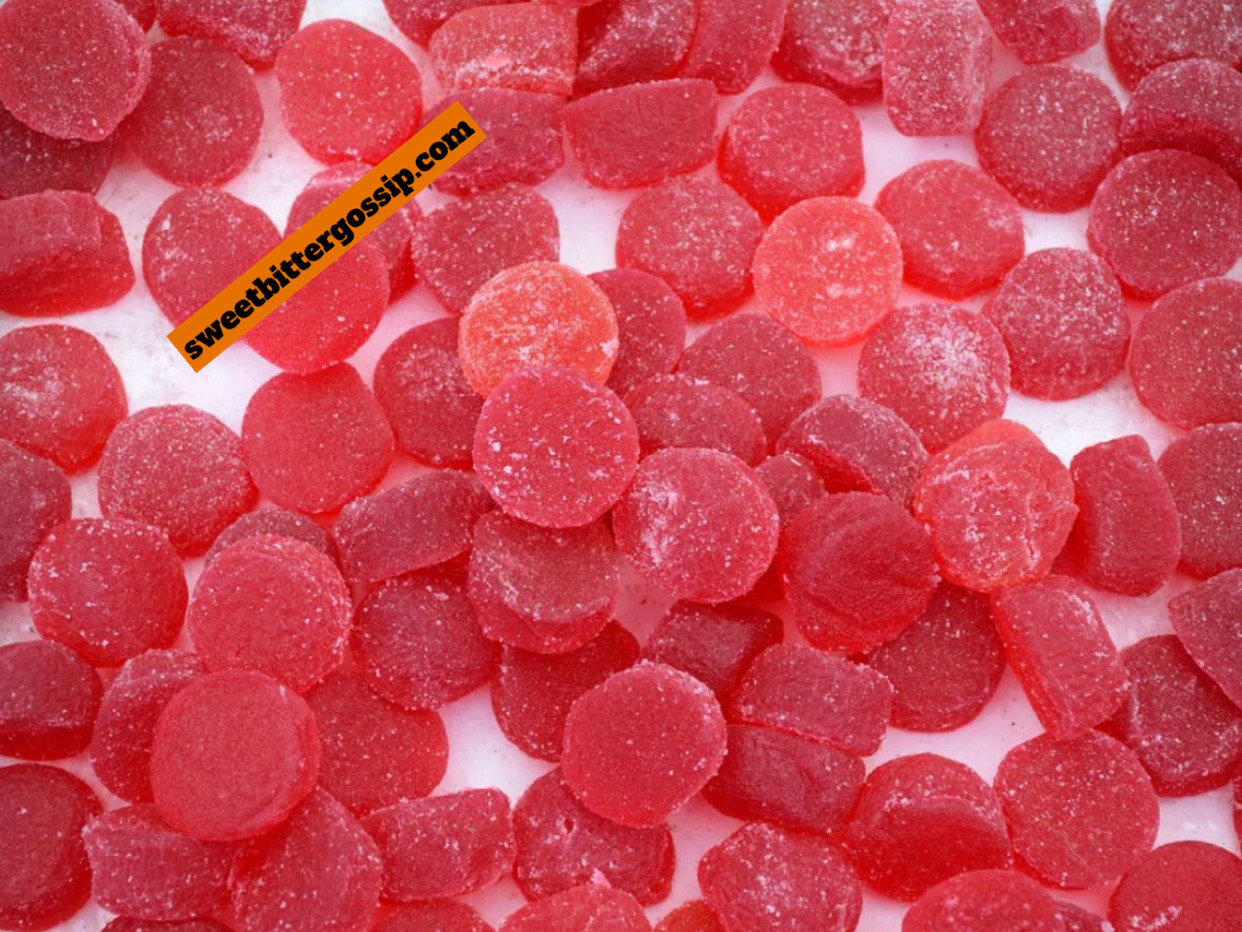The US Food and Drug Administration (FDA) has banned the use of red dye No. 3 in food, beverages, and ingested drugs more than 30 years after scientists discovered links to cancer in animals, the agency announced on January 15. The synthetic color additive, also known as erythrosine, is derived from petroleum and used to give foods and drinks a bright cherry-red color.
This decision follows a petition filed in November 2022 by various advocacy groups, including the Center for Science in the Public Interest and the Environmental Working Group, which highlighted the cancer risks associated with the dye. The FDA’s action also comes after California banned red dye No. 3 in October 2023.
Manufacturers using red dye No. 3 in food products have until January 15, 2027, and until January 18, 2028, for drugs, to reformulate their products. Imported foods must also comply with these new regulations. Red dye No. 3 is used in many candy, food, and beverage items, though some companies have already phased out its use. For example, Ferrara, the maker of Brach’s candies, stated that fewer than 10% of its products contain the dye after they began eliminating it in early 2023.
Many companies are opting for red dye No. 40, which is considered a safer alternative, as it has not been as strongly linked to cancer in animal studies.
Red dye No. 3 was allowed in food despite the Delaney Clause of the FDA’s Federal Food, Drug, and Cosmetic Act, which prohibits the approval of food additives known to cause cancer in humans or animals. In 1990, the FDA banned red dye No. 3 from cosmetics and topical drugs after studies showed that high doses caused cancer in rats. However, because the mechanism that causes cancer in rats does not occur in humans, the FDA did not revoke the dye’s approval for food, as the studies did not raise concerns about human safety.
The FDA has reevaluated the safety of red dye No. 3 several times since its original approval in 1969, based on animal studies. However, there have been no studies linking the dye to cancer in humans. The FDA noted in its update that the exposure levels to red dye No. 3 in humans are much lower than those that caused cancer in male rats during studies.
This ban marks a significant shift in how the FDA is addressing potential health risks associated with food additives after years of scrutiny.

